Rosie the Riveter’s visit campus to help celebrate Women’s History Month
The Catalyst / George Retelas
Students pose with real life Rosie the Riveters.
On Monday, March 19, three Rosie the Riveters visited Notre Dame for Women’s History Month. The women who visited Notre Dame expressed enthusiasm at their involvement in and contribution to the war effort. The three Rosies who visited us were (from left to right) Mary Torres (94), Kay Morrison (94), and Marian Sousa (92). Each had a unique and remarkable story about their experience working at shipyards in the East Bay.
Mary Torres was born in Pennsylvania, and following Pearl Harbor, she was inspired to find a way to help win the war. Torres saved money from a job at J.C. Penny and left on a bus to California while her parents were at church, leaving behind a note saying she was looking for a job. She first worked at McClellan Air Force Base in Sacramento, then applied for a job as a welder at Moore’s Shipyard in Oakland, as a tacker then as a Journeyman Welder. She met her husband and worked there from 1942 to 1945 when women workers were laid off to open up jobs for male war veterans.
Kay Morrison was born in Chico, and she moved to San Francisco with her husband at the beginning of World War II to look for work and contribute to the war effort. When she first moved to the Bay Area, shipyards still did not hire workers who were female or black. When Morrison returned to apply for a job a year later, however, she was able to get a job. She too started as a tacker, and went on to become a Journeyman Welder.
Marian Sousa was born in Oregon, and she moved to Richmond for the summer between her junior and senior year of high school to help watch her sister, Phyllis Gould’s, children. Gould was one of the first six women hired in the shipyards, and when she began working, the female employees were accompanied by a guard for their safety. Sousa decided to stay in California, and after graduating from a local high school, she took a class at Cal to learn how to sketch blueprints. She was hired at Kaiser Shipyard to help draft designs, and she had to lie about her age since she was only 17 when she started there.
Rosies began working at the shipyards following the December 7, 1941 attack on Pearl Harbor, as many American men went off to war. The Roosevelt Administration promoted the movement for war production on the Home Front, calling for an, “Arsenal of Democracy.” Due to a shortage of white male workers, opportunities opened up for women, known as, “Rosie the Riveters” and “Wendy the Welders,” as well as people of color, to work.
Locally, many people worked in shipyards in the East Bay helping to construct ships to be sent off to war. Women, men, and people of color worked side by side for equal wages in the shipyards starting in 1941. Roughly 6,000,000 women joined the workforce during the war, overcoming societal biases to take on traditionally male jobs. Over 90,000 people came to work in the shipyards, and the population of Richmond skyrocketed from 20,000 to 113,000 residents. The Kaiser Shipyards built 747 ships over the course of World War II, with entire ships being assembled in a matter of days. However, when soldiers began returning from war in 1945, women were urged to give up their jobs for men. In the years that followed, Rosies were not officially honored for the contributions that they made on the home front that led to the United States’ victory in World War II.
Gould felt that Rosies deserved to be recognized for their work. She saw that male veterans tended to be the only ones being honored, and while they deserved to be appreciated and celebrated for what they did, the women were being ignored. Gould started writing letters to the White House about this cause while President Clinton was in office, and she continued to write letters for twelve years, until, on what she said would be her last letter, she heard back from then-Vice President Joe Biden. He invited her and five other Rosies to visit the White House, and they went to Washington D.C. in 2014, where they met both Biden and then-President Barack Obama.
While this was a wonderful honor for them, the Rosies still felt that more official recognition was needed. That’s when Phyllis Gould began her campaign to implement a national, “Rosie the Riveter Day” during March for Women’s History Month, which has yet to be officially implemented. The Rosies visit to Notre Dame was an amazing experience for students to hear about their stories firsthand, and to meet the women who helped pioneer the way for our own professional careers.
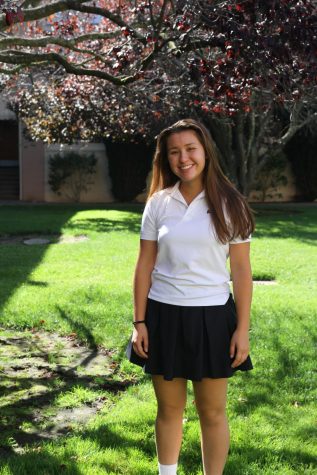
Johana Ligtenberg is a current senior and member of the Titan class of 2019. As the Editor-in-Chief, Johana Ligtenberg oversees all department editors...

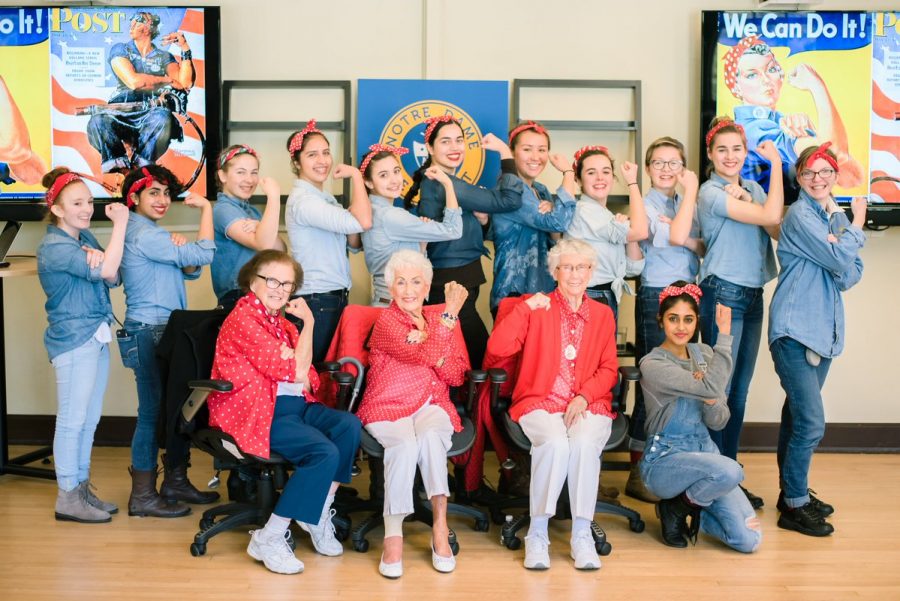
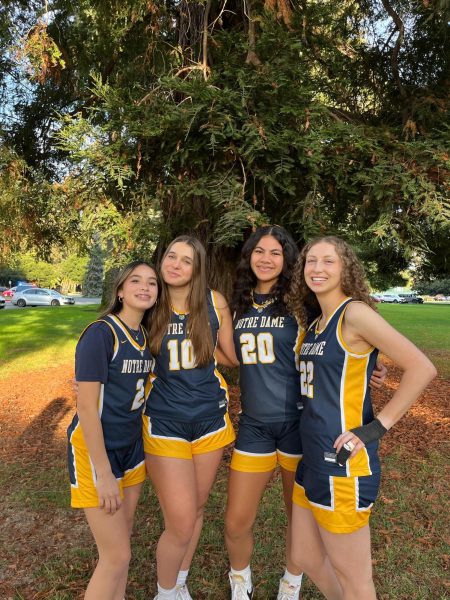



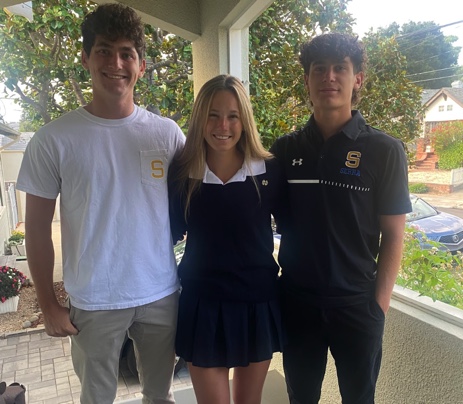

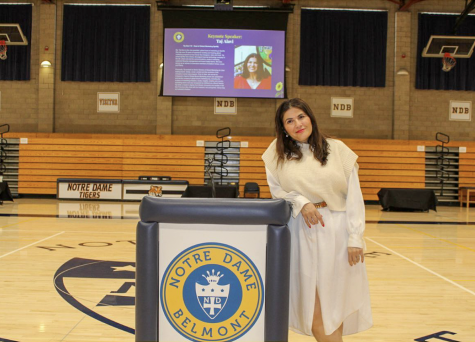
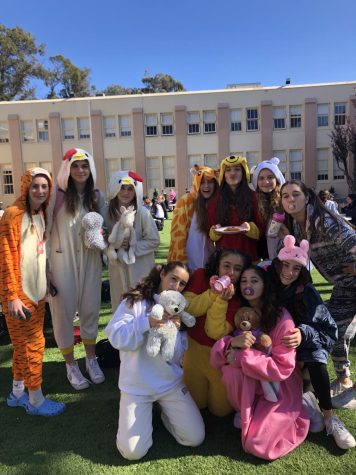
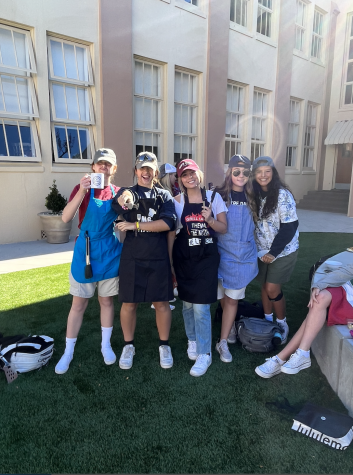
Dodie cross • May 21, 2018 at 4:35 pm
Story of Rosie the riveter. My aunt and my mother both went to McClellan Air Force Base in Sacramento to help with the war effort. They both were Rosie the riveters and loved their jobs.